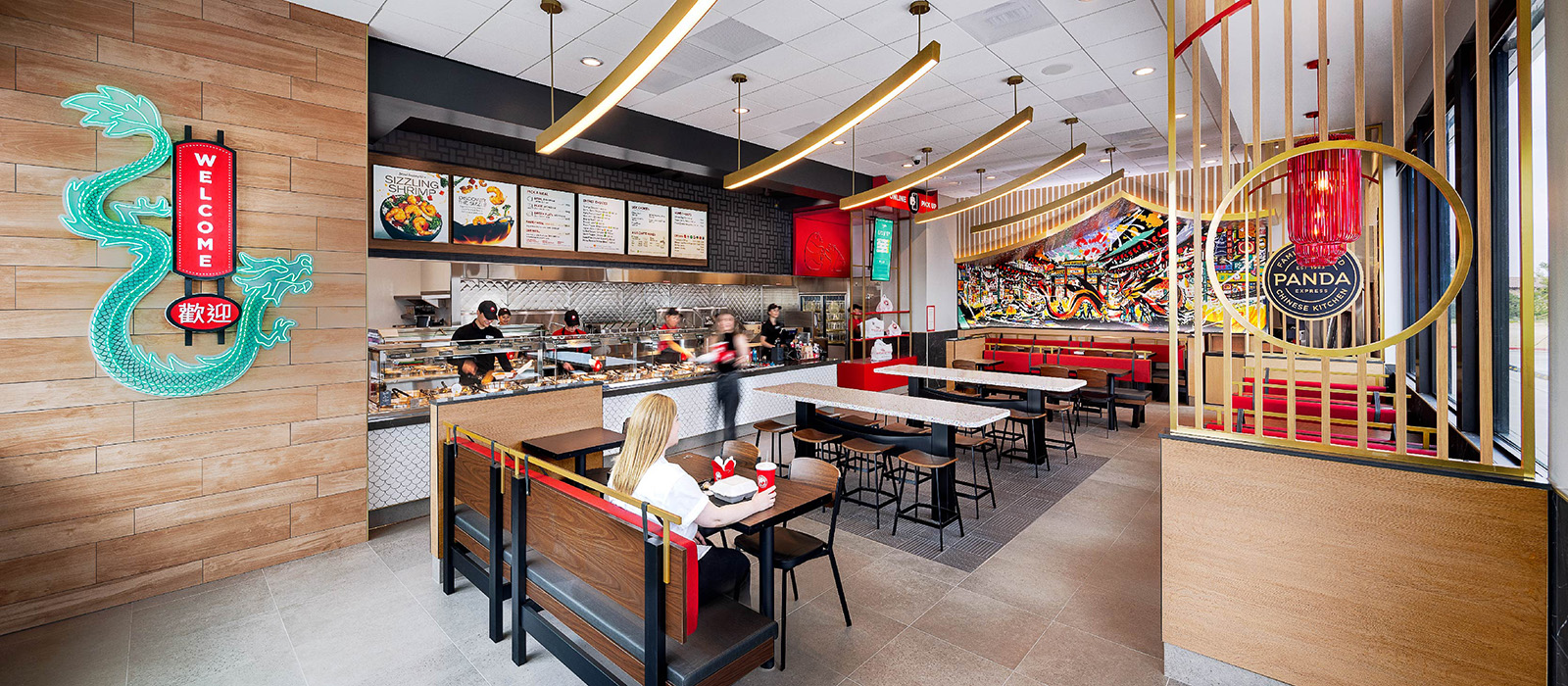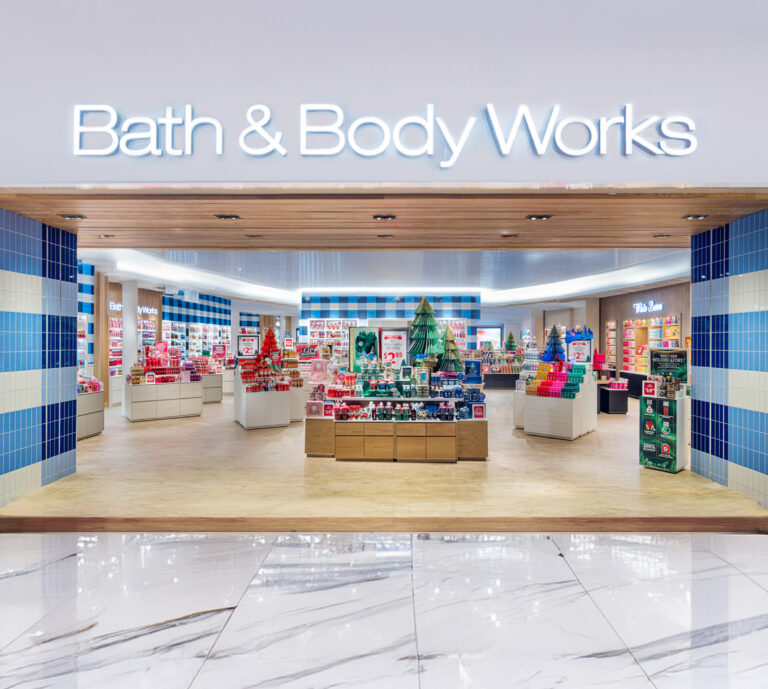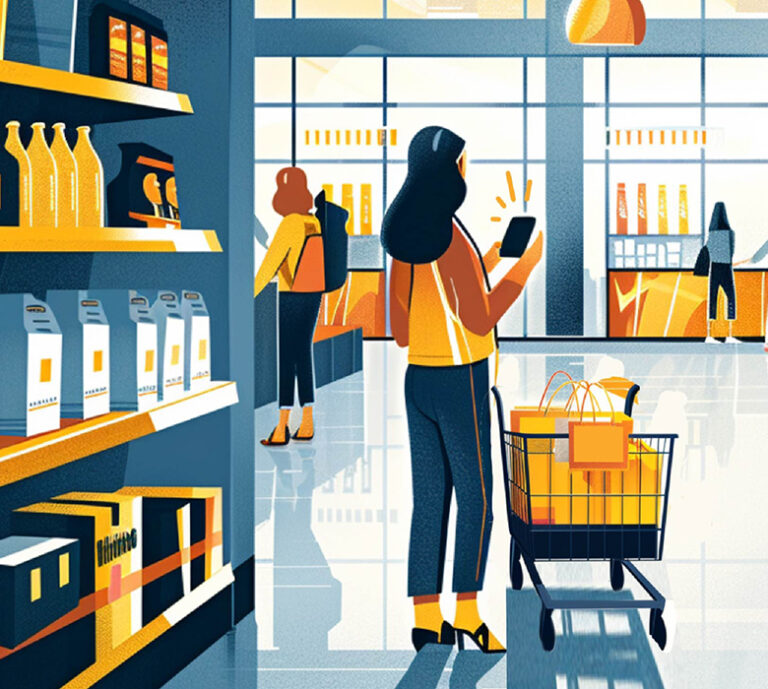×

Our Executive Director of Architecture, Glen Middleton, shares how brands should be approaching sustainable retail design.

Building a retail store prototype involves careful planning, strategic design, and impeccable execution to create a physical space that accurately reflects a brand’s identity, showcases products or services, and provides an engaging and memorable experience for customers. But gone are the days when a retailer could roll out a new concept, then sit around for five years to evaluate whether or not it resonated and had any positive impact. From what we’ve recently observed, the new approach is something we call “rolling innovation.” This means that instead of thinking about a physical location as something static, retailers must shift the approach to that of dynamism. In other words, while brick-and-mortar houses the physical goods and services, it also offers a “playground” of creativity where brands can experiment and test within the environment itself.
When brands think beyond the prototype by baking in the opportunity for fluidity at future locations, they are de-risking the retail rollout at scale. So, what are some of the key ingredients that enable brands to develop and execute prototype plans in this way? Furthermore, how can brands win by adopting a mindset of rolling innovation?
Ingredient #1 – Identifying a Strong POV
A strong brand point-of-view (POV) is a core foundation for a successful prototype rollout. It is a powerful asset that shapes consumer perceptions, drives engagement, and builds long-term loyalty; it is a reflection of what the brand stands for and why it matters, serving as a guiding force during interactions with consumers and the world at large. A strong POV is about establishing a True North that a brand relentlessly pursues. It guides change and decision-making so that brands aren’t just reacting to changing trends and fads, but instead are pursuing a deeper driving mission that helps guide choices and build upon previous iterations. When operationalized effectively, customers will ride the waves of new product rollouts, rebrands, updated stores, and even missteps. Customers should have a strong sense of who a brand is and observe behaviors that support the POV consistently over time.
During the prototype planning phase, a strong POV helps orient a brand in terms of the customer experience journey within the physical location. For example, if your brand believes that “every customer is a VIP”, how will that impact their experience within the store—and then be carried through to a digital environment? How will they feel when they walk in?
Perhaps your brand POV is more “sociocultural” in nature, and you strongly believe that sustainability is the number one priority for all retail locations. You have to consider how this will dictate experience design, materials you choose to build with, design elements, etc. Brand POVs around big concepts are a bold move, but when executed properly across a rollout, can have even bigger implications overall on customer adoption and support.
Whatever your POV happens to be, it can be woven in beyond the prototype because of its clearly defined, easily replicable nature.
Ingredient #2 – Making Big Moves
How do you design something iconic within the prototype itself? Something that would not only be unique to your brand, but when rolled out to other stores would help orient customers familiar with your other locations.
The feature of a big move is that it is non-negotiable for follow-on locations. A brand commits to it, then agrees to carry it through into future stores. While flexibility exists within the element itself, the structural aspect does not. We like to think of it as a rotational, intentional space that can vary based on a specific campaign, seasonal promotions, or new product launches.
Take Panda Express, who is uncompromising in their dedication to showing up intentionally. Their American Chinese heritage is at the core of everything they do, so when we worked with them to develop their new “Celebration” restaurant prototype, we established a few non-negotiable design elements. Inspired by the Lunar New Year, features like the Chinese lanterns, the color red, traditional lattice-work, and moon gates are now seen across every Celebration format. Panda Express remains steadfast in their commitment to authenticity in every aspect of their brand experience.
At the core, big moves are related to the overall customer experience journey, and are easily replicated and operationalized across rollout locations. Typically, we suggest a brand implement at least two big moves within the store design, and three is even better!
Ingredient #3 – Prioritizing Design Flexibility
Going back to the idea of a “rolling prototype”, prioritizing design flexibility is imperative to playing out this strategy. It goes something like this: Build. Learn. Build Again. Learn. This continuous process of iteration informs the fleet, and enables brands to move at the speed of the market. It’s always going to be a balancing act between form and function, but replicable and flexible design elements help to alleviate risk as the retail locations expand.
While we just made the point that big moves should be non-negotiable, the idea here is that everything else—as long as it doesn’t undermine the strong POV or infringe on the iconic element of the store—is flexible in nature. Not every location will have the exact same layout, so as consumers, we experience this flexibility at brand retailers all the time. But we barely even notice those differences because it makes sense within the context of the design. These are the design decisions that should be par for the course. But let’s say a fast casual restaurant had decided to sell cupcakes from a vending machine at the entrance of select locations. While it may be out-of-the-box, that’s the kind of playful innovation and creative idea a brand might want to test. Ultimately it might not work, but that’s why you test it.
If we were to add one bonus ingredient (based on just a dash of experience), here it is: when rolling out a new prototype for an already existing brand, it’s always best to do it within one region first. For example, in the south, Dollar General locations exist every few miles; but if the brand decides to upgrade only half the locations within a 50 mile radius, this would cause a disconnect for the customers. Brands are always best served to concentrate a rollout, then “Build. Learn. Build Again. Learn” within that area for maximum effectiveness. In essence, you want to fully wrap the customer into the new experience, without giving them the opportunity to compare to the old design.
Physical store innovations are certainly reshaping the way retailers engage with customers, drive brand loyalty, and create memorable shopping experiences. By implementing these key ingredients into the prototype and rollout process, your business can stay ahead of the curve and thrive in an increasingly competitive marketplace.


